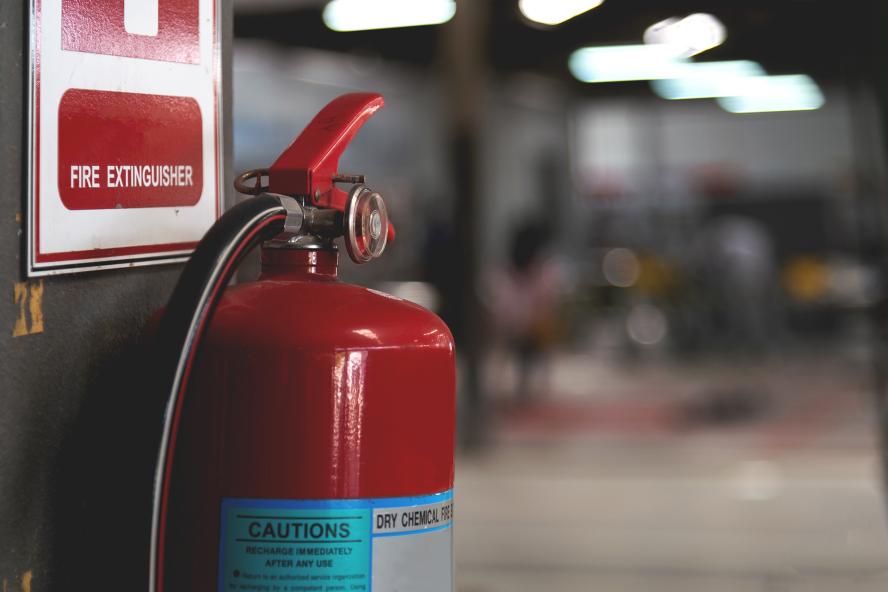The Fire Safety Office's duties include fire and building code enforcement and related support services, investigation of fires and related hazards, and the supervision of fire and life safety systems for all of the university’s academic, administrative and residential buildings on all campuses.
